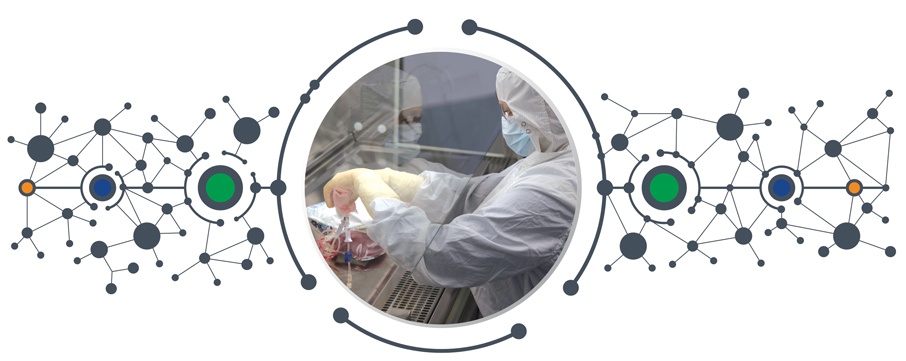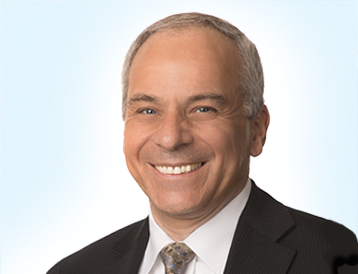The following is an excerpt of a commentary originally published in the September issue of DDNews, entitled, “Building a Problem or a Solution? : Removing the Manufacturing Facility as an Obstacle to Commercial Success in Cell Therapy.”
“Personalized cell therapy, because of its individualized nature, carries with it a unique set of manufacturing challenges compared to both “off-the-shelf” cellular therapeutics and traditional pharmaceuticals and biologics. Chief among these challenges is the need to manufacture such therapies, for clinical and ultimately commercial use, in a way that takes into account cost of goods, quality, scalability, and sustainability.

In a traditional cell therapy manufacturing model, a developer invests a great deal of time and resources into creating a dedicated manufacturing facility intended for the manufacture of one or two therapeutics. In this case, the operating costs, inability to scale appropriately to meet demand, and other potential pitfalls can be daunting, and have proven over and again to be insurmountable obstacles to commercial viability. Only the ability to provide for a steady flow of scalable, automated, high-volume, mass-produced product can effectively distribute the costs and risks. In addition to the difficulty in precisely predicting market size over time for a product that is still in clinical-stage development, market penetration for new modalities of our more complex and less-than-traditional therapeutics makes it difficult to be prepared for real-time scale in either direction to react to market forces. Likewise, planning ahead for labor intensity, human resources (manpower) and scheduling needs can lead to further stresses on output.
Clearly, a straightforward and readily achievable solution to this industry-wide problem is one in which a “shared risk” approach allows for the spread of idle capacity among a greater number of therapeutics, and ideally removes the vast majority of the idle capacity through efficiency of utilization. Lower entry costs and much reduced—and to-market scalable—operating expenses begin to remove the manufacturing facility and its high operating costs from being a liability to deliverability.
Despite the clear benefits of the shared risk model, it is important to note that in its current state, the manufacturing facility is not only such where it is impossible to deliver the product effectively, but, without the benefit of innovation resources, the developer is locked into a manufacturing process that cannot be successfully scaled, regardless of whether the facility is shared or not. When all of the company’s focus and resources go toward production and no efforts are spent on engineering, innovation, and automation, the paradigm remains unchanged. To put it another way, simply building a better and bigger clinical manufacturing infrastructure is not enough for a successful commercial manufacturing infrastructure.
What we need is an industry-wide effort of innovation and engineering, thoughtful and staged rebuilding of unit operations for cell therapy manufacturing from the ground up, to transform cell therapy manufacturing processes and test methods in a way that achieves true scalability and sustainability. For the continued growth and evolution of the industry, cell therapy processes must be detached from the cleanroom and sent to the ‘back of the facility,’ into production spaces more suited to high-volume production, where the focus is not on cleanrooms but on delivery through complete maturation to adulthood of the entire manufacturing environment. Only with this achievement can patient-specific cell therapies enjoy commercial success.”
To read the full article in DDN, click here.
To learn more about PCT's unique manufacturing solutions, click on the button below.

